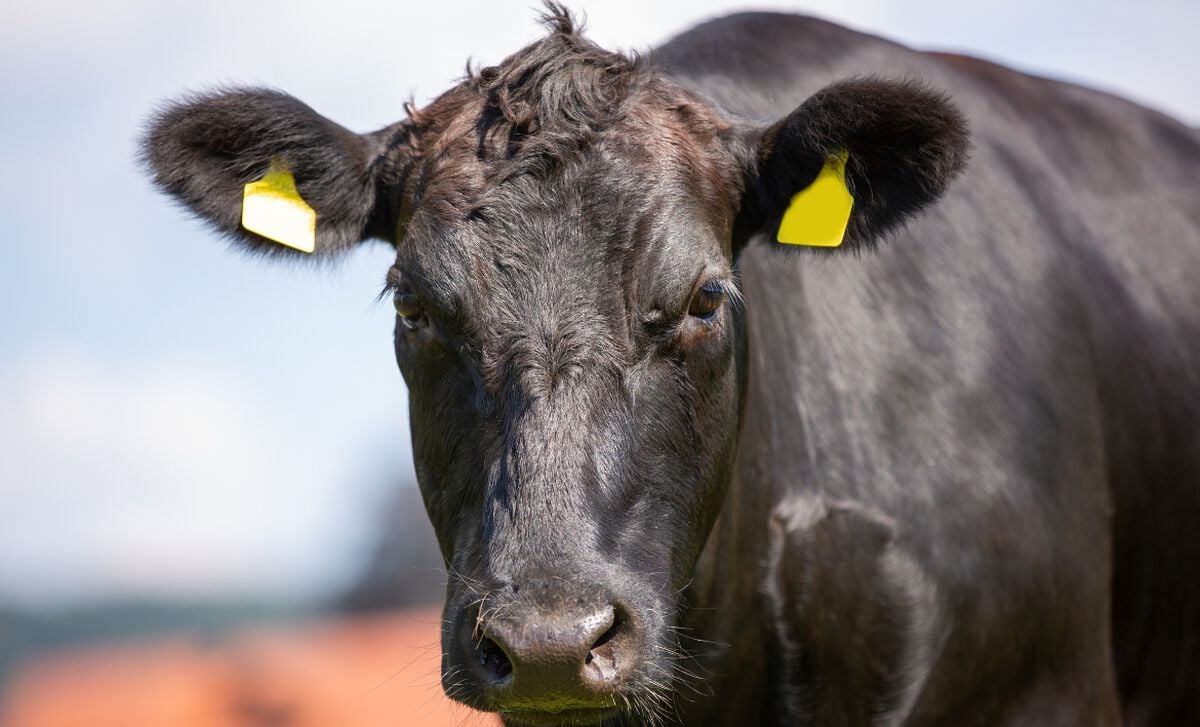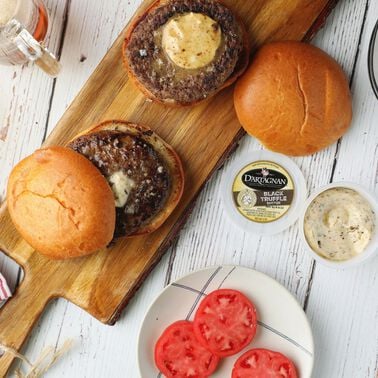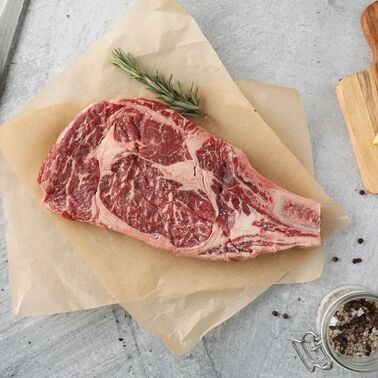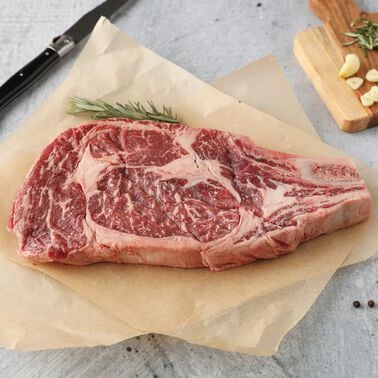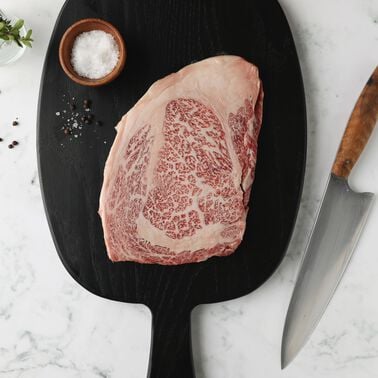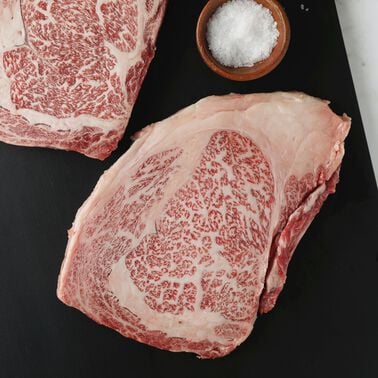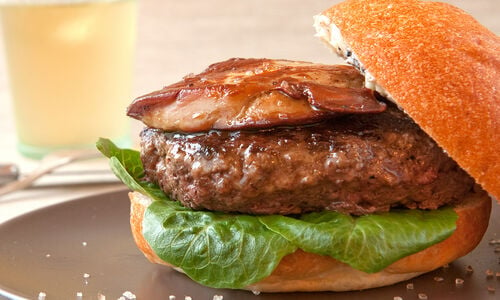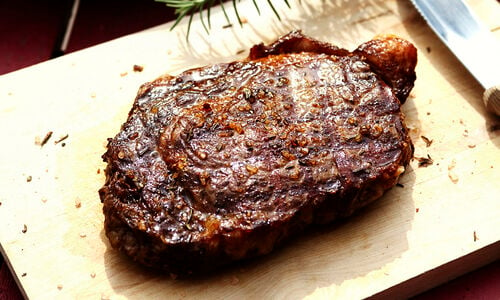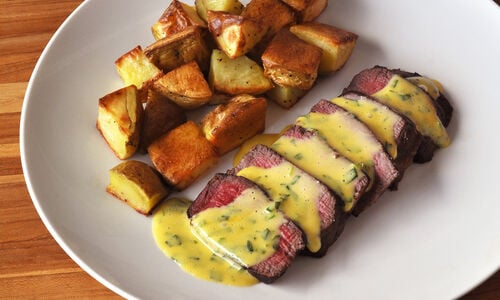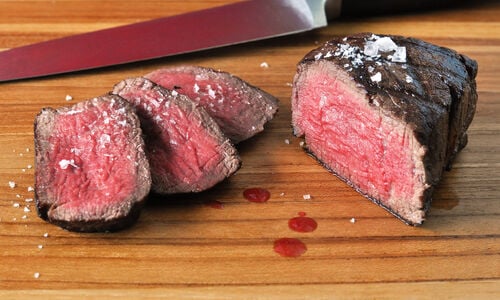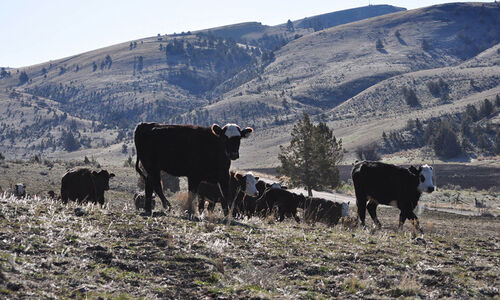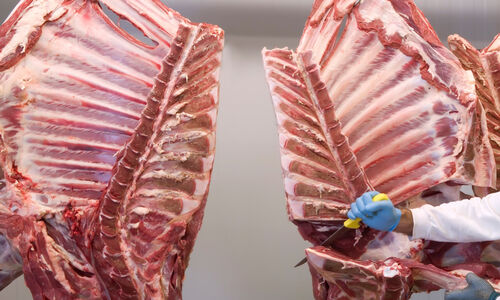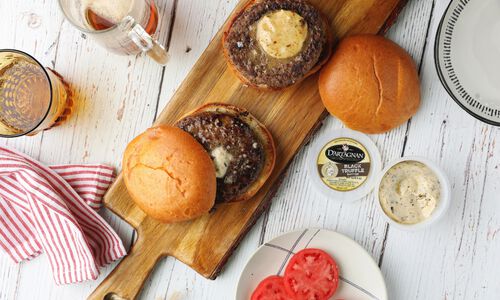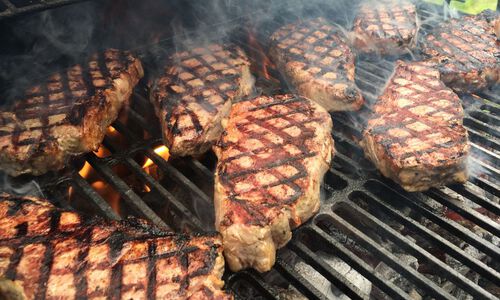History 101: Wagyu Beef
Wagyu beef has an international reputation for its flavor, velvety texture, and of course, its incredible marbling. The word “Wagyu” comes from “wa,” a very old term referring to Japan, and one of the meanings of “gyu” is beef. So Wagyu actually means “Japanese beef” and can refer to several breeds of cattle, known for producing highly-marbled beef that is tender and flavorful. Learn more about the history of these extraordinary cattle.
A Brief History of Beef
Cattle were introduced to Japan between the years 500 BC and 300 AD, and because of the rugged terrain, they lived only in an isolated region which limited cross-breeding. This encouraged the cattle to develop specific traits within their segregated breed, eventually becoming the prized Wagyu (pronounced wah-gyu) cattle.
For the average American who yearly consumes an average of over 50 pounds of beef, it's hard to imagine that the Japanese were ever prohibited from eating beef.
Until 1868 cattle in Japan were used only as beasts of burden, cultivating the rice fields. Japanese Buddhist beliefs prohibited the consumption of meat from four-legged animals. However, during times of war soldiers were allowed to eat beef for increased strength and vigor. It is believed that when these soldiers returned home to their farms they continued to secretly eat beef.
These former soldiers invented “sukiyaki” cooking, which literally means “plow cooking,” when they cooked thinly sliced beef on plow blades over hot coals in the fields. So it came as no surprise that it was a military leader who finally lifted the ban against beef consumption in 1868, though it would take until the 1950s for beef eating to really take off in Japan.
What’s So Special About Wagyu?
It’s in the breeding. Having been isolated for so long, the Wagyu cattle were interbred, creating a pure stock. The characteristics of the breed are high marbling, tenderness, and palatability. Even when crossed with other breeds, these characteristics are carried over and produce high-quality beef with great flavor.
Wagyu cattle were eventually cross-bred from 1868 through 1910, with European and Korean cattle. The herds were developed with an emphasis on quality. Wagyu produce consistently marbled, low-cholesterol beef, recognized as the world's finest, unmatched in flavor, tenderness, and overall eating quality. The breed was closed to outside bloodlines in 1910, and ever since, the Japanese Wagyu Registry has monitored it closely and kept meticulous genetic and growth data on all cattle. Japan has even classified the Wagyu as a national treasure.
Red, White, and Wagyu
Until fairly recently, the export of these cattle was strictly prohibited. In the 1970s four Wagyu cattle were allowed to come to America. Then in the 1990s, a few more head gained entry and this trend has continued. Now there are several U.S. ranches (many in Texas) raising Wagyu that have been crossed with Angus cattle. They follow the Japanese models for raising cattle in wide-open pastures with lush green grass, freshwater, and free-choice minerals. As they grow, the Wagyu cattle are introduced to a strict feeding regimen that involves seven different feed variations, based on the Japanese model. They are raised in a stress-free environment that contributes to healthy cattle and tasty beef.
What About Kobe?
Although all Kobe beef is Wagyu, not all Wagyu beef wears the Kobe label. The Kobe label is reserved for beef raised in Kobe, in the Hyogo Prefecture of Japan, renowned for producing the juiciest, most flavorful beef.
It’s similar to the Appellation d’origine contrôlée, or AOC, a certification in France that is granted to certain foods or wines under the auspices of the government. Think of the difference between Champagne, which must come from the Champagne region to use the name, and sparkling wine which can be produced anywhere. That’s the relationship of Kobe to Wagyu. Kobe beef comes from Kobe, Japan but Waygu beef can come from Texas.
